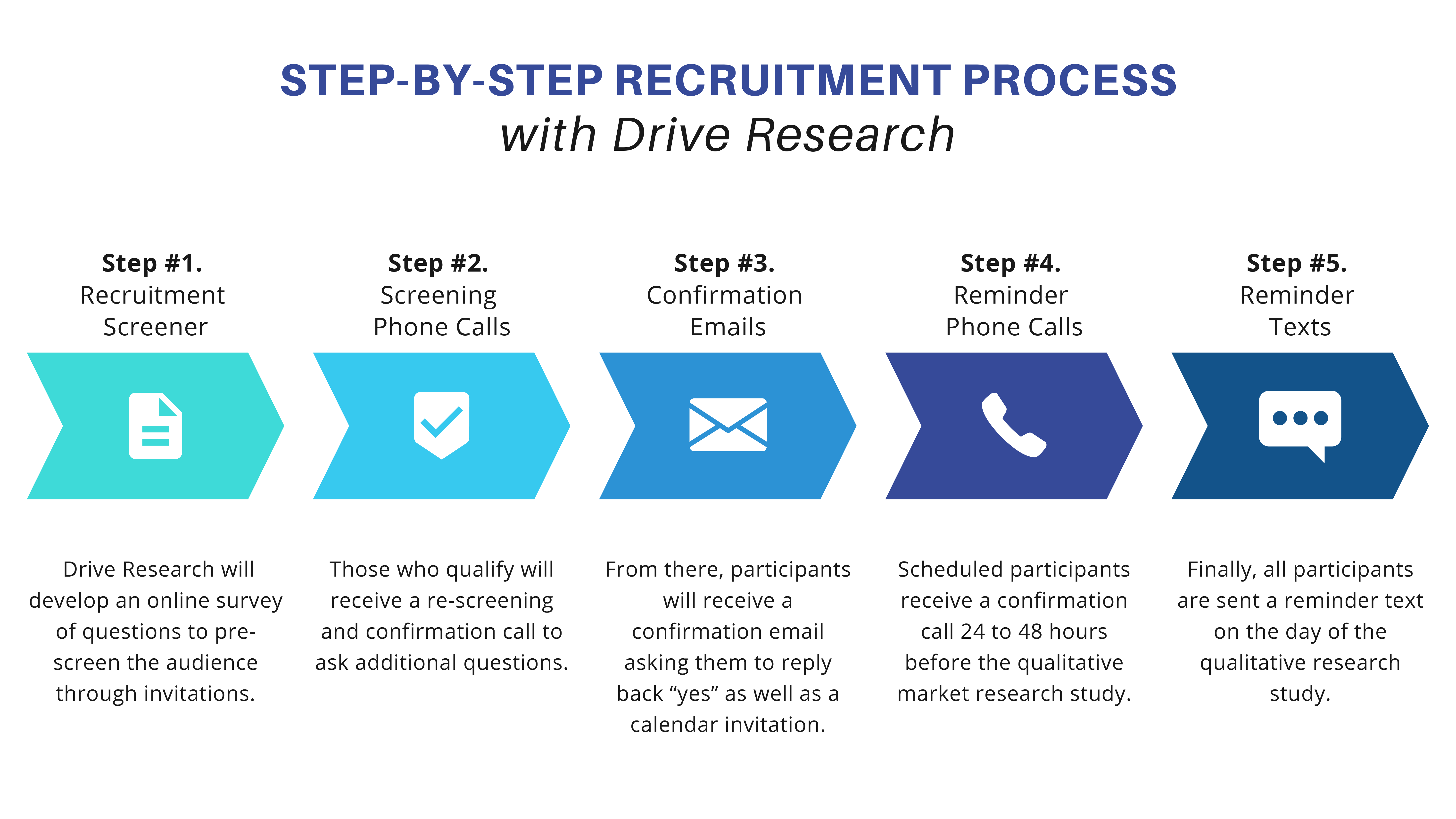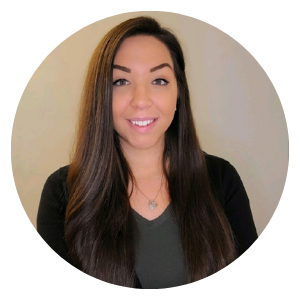
Alternative and complementary medicine is not that far out of the norm for the United States. In fact, studies show 38% of adults use some form of complementary and alternative medicine that's nearly half!
With this on the rise, many healthcare professionals are looking to conduct market research with alternative medicine patients to learn more about their preferences, factors in choosing providers, and more. All with the intention of using the data to drive decision-making.
For instance, our healthcare market research company was recently hired to conduct research with alternative medicine patients by a public research university in the United States.
In this post, we'll discuss our step-by-step process of conducting market research with alternative and complementary medicine users and the benefits of doing so.
Benefits of Alternative Medicine Market Research
What are the benefits of conducting market research with alternative and complementary medicine patients? Here are a few:
- Distinction: Market research can provide a better understanding of how the patient experience and health outcomes vary between alternative and conventional medicine.
- Patient Experience: By understanding the expectations and experiences of alternative medicine patients, businesses and practitioners can enhance the overall patient experience.
- Opportunities: Market research can uncover trends, service gaps, or outstanding needs within the alternative medicine space.
- Education:
- Marketing: The best way to target your audience is to first understand them. Whether it be patient satisfaction surveys or focus groups, research can provide the learnings for effective marketing campaigns.
- Education: Similar to the above point, by better understanding patient preferences, habits, or lifestyles, educational materials, and resources can be developed that align with patient preferences.
How to Conduct Market Research with Alternative Medicine Patients
Below is the step-by-step process Drive Research followed for the successful study:

#1. Define The Objectives
Even in a recruitment-only project like this case study, knowing the study objectives is a critical step in successful recruitment. Ultimately, you can’t be sure you’re locating the right audience if you don’t know what your client is hoping to learn.
By conducting research with complementary and alternative medicine patients, our client was looking to:
- Understand how alternative medicine patients feel about their health outcomes and experiences
- Compare the patient experience of alternative versus conventional medicine
- Insight into the customer service journey
- Identify gaps where conventional and alternative medicine do not do well
- Compare the experience of those of various socioeconomic status’
#2. Outlining the Target Audience
To answer the above objectives, our team looked to recruit the following for 60-minute virtual interviews:
- U.S. women 18 to 49 years old
- Have visited a Chiropractor or Osteopath, Acupuncturist, Homeopath, Naturopath, Integrative (or Functional or Holistic) Medical Provider, Integrative (or Functional) Medical Provider or Naturopath who is also a Medical Doctor (MD) within the last 12 months
- Include a mix of African-American, Asian, Hispanic/Latino, and Caucasian participants
#3. Screener Design
With a rough outline of the target participant, we put together a screening questionnaire.
The alternative medicine market research screener questionnaire included questions such as:
- Which of the following age groups best describes you?
- Which of the following healthcare providers have you visited in the last 12 months?
- Which of the following do you consider to be your main healthcare provider(s)?
- When did you last visit each of the following providers?
- Which of the following genders do you most identify with?
- Which of the following ethnicities best applies to you?
- Are you currently residing in the United States full-time (6+ months per year)?
- What is your highest level of education?
- Which of the following best describes your total annual household income?
- How many people currently reside in your household?
- Which best describes your current health coverage?
These questions allowed us to not only reach the target audience but to also include a mix of those of varying socioeconomic status.
#4. Programming and Fielding the Survey
Once we have the screener signoff, we begin programming, internal testing, and soft launch to a small pool of potential respondents.
After a successful soft launch to confirm everything is working as it should, we can move into a full launch of the screener.
In addition to our in-house panel, we used targeted social media ads to recruit this audience.
While there is no direct targeting of those who use Chiropractors, Osteopaths, Acupuncturists, Homeopaths, Naturopaths, Integrative Medical Providers, etc., our marketing team was able to identify semi-related targeting that led us to this audience.
For a more in-depth explanation of how we use Facebook to recruit participants, watch the video below.
#5. Re-screening Phone Calls
Just because they pre-qualified, doesn’t mean our recruitment team stops there. The next step is targeted re-screening phone calls to pre-qualified participants.
During our re-screening phone calls, we start by giving participants an overview of the study to confirm compliance. We ensured they were available and interested in participating in the 60-minute virtual interviews.
We confirmed the core qualification criteria:
- The type(s) of providers they have visited in the last 12 months
- Up to 3 providers they consider to be their main healthcare provider(s)
- Confirmed they have visited an alternative or complementary provider (who they consider to be one of their 3 main providers) within the last 12 months
- Demographic criteria to ensure a healthy mix for our client
Our qualitative recruiting team also confirmed participants have eligible technology to participate. In this case, that included a desktop or laptop computer with a working microphone and webcam.
Even in cases where a desktop or laptop computer is not required as part of the study, our team recommends all participants attend the session using one.
This avoids participants from taking advantage of a mobile device such as a smartphone or tablet, and walking around or becoming distracted during the interview. It’s always best to have participants join from a stationary position in a private, quiet place.
#6. Articulation Screener
For this market research study with alternative medicine patients, we also used an articulation screener. While it is not always required that participants be considered highly articulate to participate in research, including an open-ended/articulation screener is a standard part of our process.
We use this opportunity to get participants talking and to confirm they are engaged, creative, and thoughtful in their responses. It also serves as a nice confirmation that participants are somewhat knowledgeable about the topic of the study.
For this research project, we used the following question:
Now for something a little different! This question is open-ended, so feel free to expand on your response. When it comes to the main provider(s) you mentioned previously, what do you like about them? How has your experience with them as a patient been, overall?
#7. Scheduling, Confirmations, and Reminders
Nope, we’re still not done. Once a participant successfully passes the re-screening requirements, we get to move on to scheduling their appointment and our confirmation and reminder process.
This process includes:
- A confirmation email with a required response. This email outlines all study highlights and by replying, participants confirm their intent to follow through with the study.
- A calendar invite with a required acceptance. This helps keep the study on the participant’s radar and is another source for study information such as when, where, and where participants will be attending the study.
- A reminder phone call the night before, with best efforts to reach participants live on the phone. Other than the participant arriving for the study, receiving a verbal “yes, I will be there” is the best way to confirm attendance. That’s why if our team doesn’t reach a participant in a morning reminder, we try to see if we can catch them a few hours later!
- A reminder text the day of. When this text actually goes out depends on if the research is being held virtually or in person, but the idea is we want one final reminder just in case someone has forgotten about us. It also gives participants an easy way to reach their point of contact if they have any issues joining the study.
#8. Interviewing and Wrap Up
Just because our client was conducting the interviews for this study, still doesn’t mean our work was finished after completing the confirmation process!
For nearly all of our research studies, we provide live coverage during the sessions. If a participant is not on time, we reach out to them in an effort to get them logged in as soon as possible.
For this particular study, we recruited 40 participants, and our client conducted 40 interviews. Yep, a 100% show rate!
Interviews were conducted via Zoom and lasted approximately 60 minutes each. Within 24 hours of the completed interview, our participants were paid through our online incentives platform.
When asked to explain their 10 out of 10 rating of Drive Research at the conclusion of the study, here’s what our client had to say: Everything was so smooth with minimal effort to the researchers and really well managed plus the live support was outstanding
Contact Our Healthcare Market Research Company
Despite lacking direct targeting, our team has tried-and-true ways to reach this audience. Our thorough and systematic recruitment process provides a seamless experience for both our clients and participants.
Conducting research with alternative medicine patients? Contact Drive Research.
- Message us on our website
- Email us at [email protected]
- Call us at 888-725-DATA
- Text us at 315-303-2040

Ashley Reynolds
With nearly 10 years of experience in market research, Ashley has worked on countless quantitative and qualitative research studies. As a Fieldwork Manager at Drive Research, she’s involved in every stage of the project, especially recruitment.
Learn more about Ashley, here.

